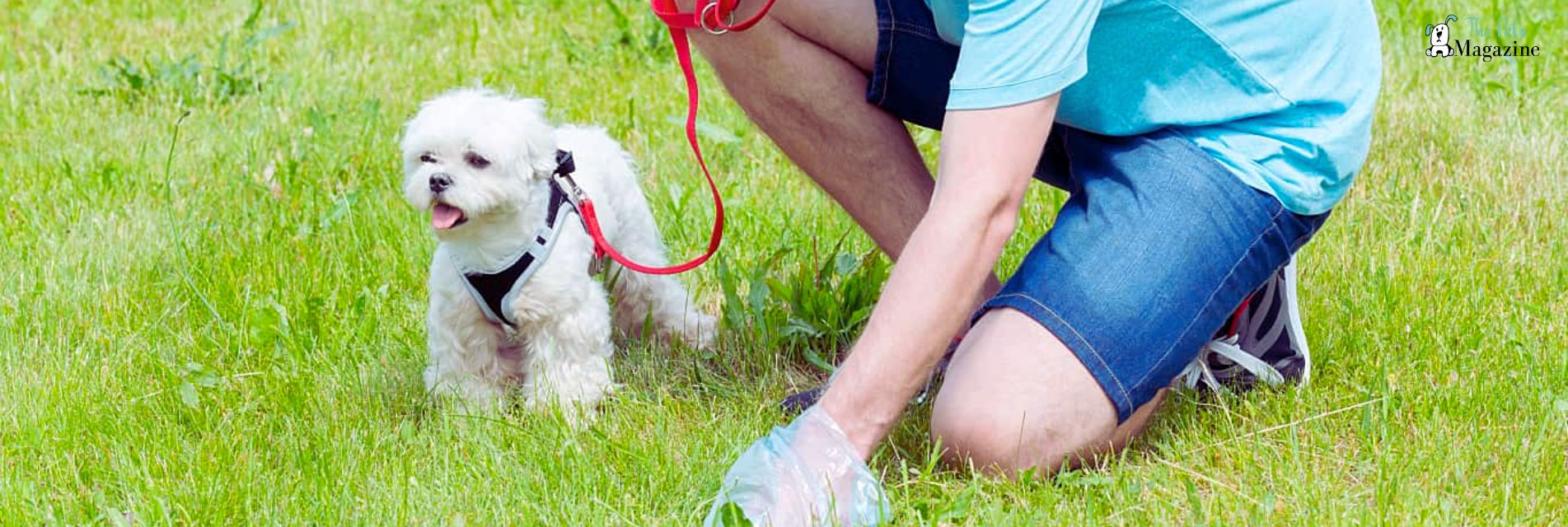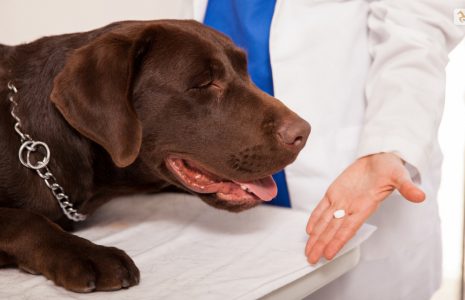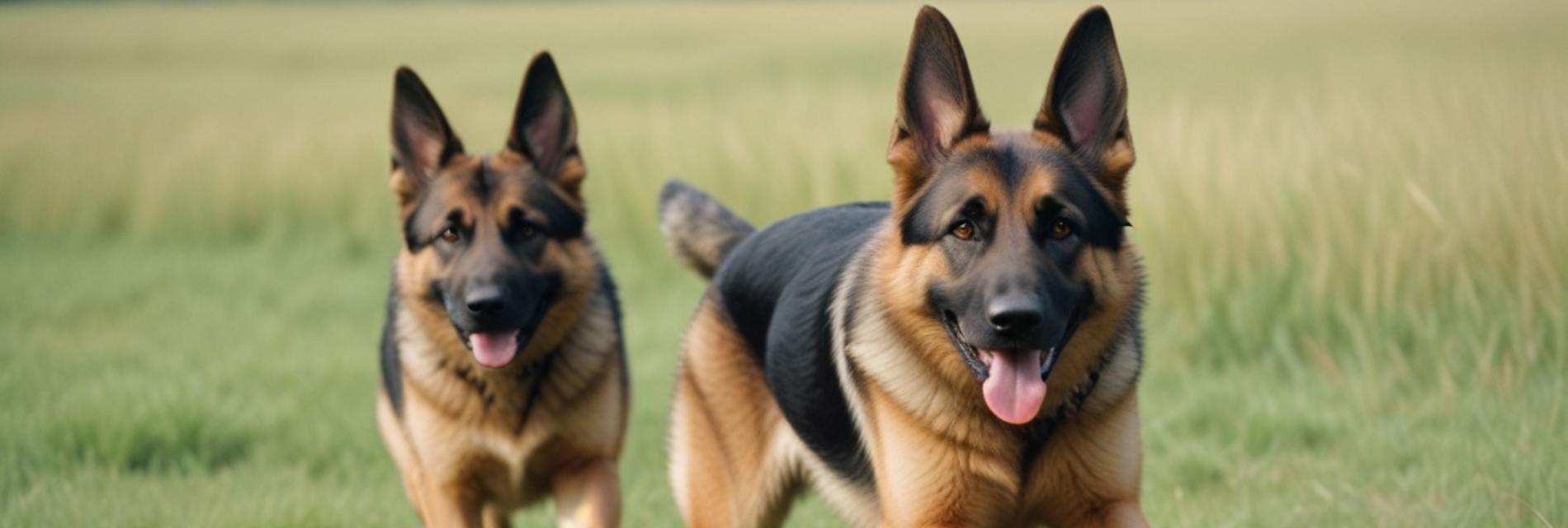Unhealthy Dog Poop Chart: Why You Should Pay Attention To Your Dog’s Poop Color


Do you know that the color and consistency of your dog’s poop can actually tell you a lot about their health and digestion? While normal poop varies a bit based on diet, there are some colors and textures you should keep an eye out for.
If you see something off, it’s a good idea to call your vet. They may want to run some tests to check for any issues. But don’t panic yet, more often than not a change in poop color or texture is temporary and will resolve once their system regulates or they get used to a new food.
Keep reading to find out what the different poop colors and textures might mean for your dog and when it’s time to call the vet. You can also refer to the unhealthy dog poop chart given below if you have any concerns about your dog’s health.
Meaning of Dog Poop Color
In this section, we have provided a list of some of the common dog poop colors and consistency and what it indicates about your dog’s health:
Brown Colored Poop
If your dog’s poop is medium brown in color and neither too hard nor too soft and liquid in consistency, then it indicates that your dog is perfectly healthy. The color of poop may range from light brown to chocolate brown. Its depend on the kind of kibble your dog has just eaten.
However, as long as the color is brown and the consistency is not too soft and liquidy and not too liquidy, then you have nothing to worry about. You should also remember that the normal color for poop can vary from dog to dog and breed to breed. So if you are in any doubt about your dog’s health, then consult your veterinarian immediately.
Black Colored Poop
Your dog may have stomach ulcers if his stool has a sticky consistency and is black in color. The black color is due to the presence of blood that is not fully digested. It is most commonly caused due to internal bleeding and stomach ulcers but can also be due to tumors, parasites, toxin ingestion, and Medication reactions.
Bright Red Colored Poop Or Red Streaks In Poop
If your dog’s poop is of a bright red color or contains red streaks, then it indicates the presence of undigested blood in the gastrointestinal tract. This type of bleeding is known as hematochezia.
Some common reasons for hematochezia are colitis, inflammatory bowel disease, trauma, parasites, or infection in the anal sac. Some other serious medical conditions that can cause bright red-colored poop includes cancer, parvovirus, and hemorrhagic gastroenteritis.
If you detect bright red-colored stools or red blood streaks in your dog’s Poops, you should call your veterinarian immediately
Pink Or Purple Colored Poop
If your dog’s poop is pink or purple in color and the consistency resembles that of a jam, then it can point towards hemorrhagic gastroenteritis (HGE) in dogs. Hemorrhagic gastroenteritis (HGE) is also sometimes known as Acute Hemorrhagic Diarrhea Syndrome (AHDS) and it causes a sudden onset of abdominal pain, vomiting, bloody diarrhea, and rapid dehydration. It can be a potentially fatal disease but most dogs also recover quickly if they receive prompt veterinary treatment.
Yellow Or Orange-colored Poop
If your dog’s poop is yellow or orange in color, then this could point to medical issues like liver disease, bile duct obstruction, pancreatitis, inflammatory bowel disease, and parasitic infection. In certain cases, yellow or orange-colored poop may also be due to the presence of carotenoid-rich food in their diet.
If you are suddenly feeding your dog fruits and vegetables that are rich in carotenoids such as cantaloupes, carrots, oranges, sweet potatoes, and pumpkins then it can be a reason why your dog’s poop is yellowish or orange in color.
Green Colored Poop
If you see that your dog’s stool is green in color, then it points to either of two things. It may mean that your dog has consumed a lot of green grass. Which is a perfectly normal thing for dogs to do and the chlorophyll present in the grass has tinted your dog’s poop. It can also mean that your dog may have consumed any object containing green dye such as crayons and it has given a green color to its poop.
Apart from the other two situations, green color poop can also indicate the presence of parasites, exposure to toxins, Gastroenteritis, gallbladder issues, or issues with liver and pancreas. It can also mean that the dog is facing issues in properly absorbing food.
Greasy And Grey Colored Poop
If your dog’s poop comes out grey in color and looks like it is glistening with oil, or fat, and is soft in texture, then it indicates health conditions like bile duct obstruction, gallbladder obstruction, gallstones, pancreatic hypoplasia, and exocrine pancreatic insufficiency. Most of these health issues are potentially can be life-ending. Therefore, if you observe that your dog’s stool is grey in color, soft to the touch, and include mucus. It can indicate inflammation of the colon or intestines.
What Other Characteristics Of Dog Poop Should You Pay Attention To?
Apart from the color, here are some other characteristics of dog poop that you should pay attention to –
Consistency:
The consistency of your dog’s poop can indicate whether their digestion is normal or if there are any underlying issues. Generally, healthy dog poop should be firm but not too hard or too soft. Diarrhea or loose stools may indicate an upset stomach, dietary intolerance, or infection. On the other hand, very hard and dry stools could suggest dehydration or constipation.
Odor:
While poop naturally has an odor, extremely foul-smelling stools could signify gastrointestinal issues, such as an infection or malabsorption.
Worms Or Parasites:
If you notice visible worms or other parasites in your dog’s stool, it’s important to take immediate action. Parasites can cause discomfort, malnutrition, and other health problems.
Foreign Objects:
Occasionally, dogs may ingest non-food items that can get stuck in their digestive system. If you notice any unusual objects in your dog’s poop, it’s important to consult your veterinarian.
Remember that changes in your dog’s poop should be considered in the context of their overall health and behavior. If you have concerns about your dog’s poop, it’s always best to consult with your veterinarian for a proper diagnosis. You should also have an unhealthy dog poop chart at home. You can refer to easily in case of emergency.
Dog Poop Chart
You can also go through the unhealthy Dog Poop Chart given below to know what different colors of dog poop signifies:
| Color | What it signifies |
| Light to chocolate brown | Normal; the dog is perfectly healthy |
| Yellow-Orange | Liver or Biliary System issues |
| Green | The dog has consumed excessive grass or has issues with the gallbladder, liver, or pancreas, the presence of parasites, or exposure to toxins |
| Red | Presence of undigested Blood; infection in the anal gland or rectal injury, colitis or bacterial/viral infection |
| Pink-Purple | hemorrhagic gastroenteritis (HGE) |
| Grey | Presence of excess fat in your dog’s diet or pancreas or Biliary System issue |
| Black | Presence of blood that is not completely digested; gastrointestinal or stomach ulcers, Internal bleeding from the stomach, esophagus, small intestine or the gastrointestinal tract, or parasites |
Wrapping Up
Your dog’s elimination habits can speak volumes about their health and well-being. Stay on the lookout for changes in color, consistency, frequency, or volume of their poop. And when in doubt, you can go through the unhealthy dog poop chart given here to know what it means or call your vet. It’s always better to be safe in this kind of situation.








Leave A Comment